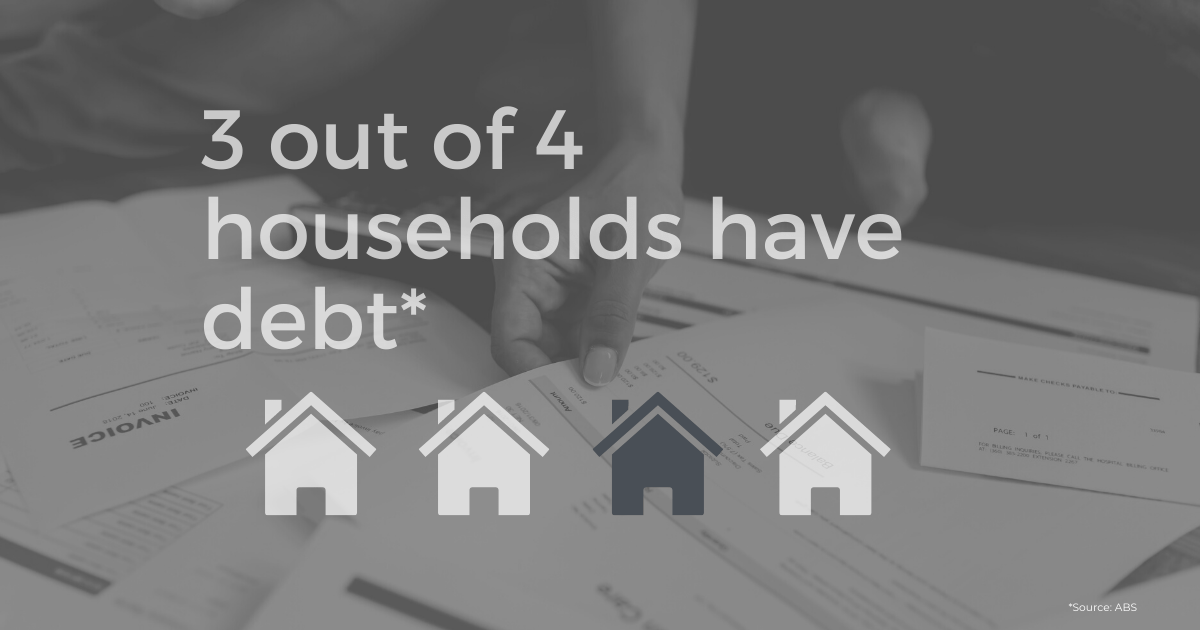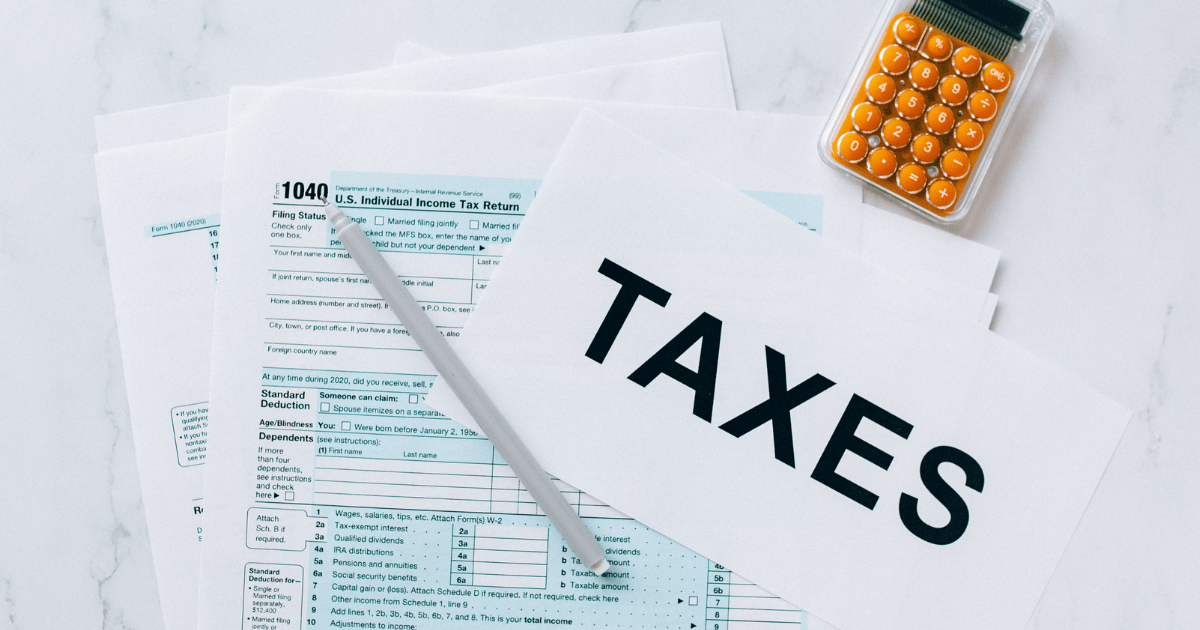8 indicators you may not be ready to retire
Retirement is a period of life that many people spend years dreaming about: the chance to finally leave work behind and enjoy much-needed time with family and friends. While it’s natural to be excited about retirement, it’s worth getting all your ducks in a row before you say goodbye to work – and a regular income – forever. If you’re edging towards retirement age, here are eight signs that you might not be ready to sail off into the sunset just yet. You don’t have a clear idea of your personal finances You wouldn’t venture into an unknown city without a map and expect to have control over where you end up. When it comes to your retirement plan, you shouldn’t be navigating without direction either. Areas that are good to understand in detail include a well-rounded view of your super – how it’s invested, the fee structure and how well it’s performing. It can also be helpful to have an idea of how much super you’ll need for retirement and what you expect your living expenses to be over the next 30 years or so. You haven’t worked out your new retirement income One of the key factors in weighing up your financial situation at retirement is understanding what your new retirement income will be and whether you’re financially ready to take this next big step. Without the regular pay cheque from your job, you may have to allocate yourself an amount you can comfortably live on for decades to come. To figure out this amount, take time to assess how much money you’ll need to retire comfortably. It can also be useful to work through a detailed budget to ensure the projected amount can go the distance. You haven’t tried living on your retirement income ‘Try before you buy’ is an age-old adage for a reason, and it’s especially relevant when it comes to your retirement. You don’t want to run out of money before you’ve made it to your golden years. You have too much debt Your retirement strategy could include debt reduction as a key area, including paying off a mortgage or credit card debt. Taking a mortgage with you into retirement can affect you in a number of ways, so if you can, it’s optimal to pay out this debt before retiring from work. This calculator can help you understand the long-term impact of paying your loan down now in smaller chunks. You haven’t maximised your super So, do you have enough retirement savings? Speak to your financial adviser about the possibility of further super contributions and what might be a realistic amount for you to contribute. You haven’t considered how your needs might change The transition to retirement often mirrors your journey into old age, which is why it’s important to factor additional healthcare needs into your retirement plan. Life is unpredictable at the best of times, but a financial buffer can take the sting out of any unexpected shifts, especially where your health is concerned. Consider how your healthcare needs might change over the course of your retirement, including factors such as preventative care and health insurance. You haven’t emotionally prepared for retirement There’s more to retirement planning than just your finances. Retirement is a huge transition, separating you from the work you’ve spent the better part of your life involved in. For some retirees, it can be a big adjustment. Even if you’re elated at leaving your working life behind, your plans for the future may have lost their sheen due to changes in the global environment. For this reason, ensuring that you’re emotionally ready for retirement should also factor into your strategy. You haven’t spoken to your family about your plans It may be your retirement but your choice to finally wind down your working life can have implications for more than just you and your partner. Expectations can be a tricky thing to anticipate but they can, to some extent, be managed, especially with clear communication. Source: AMP










